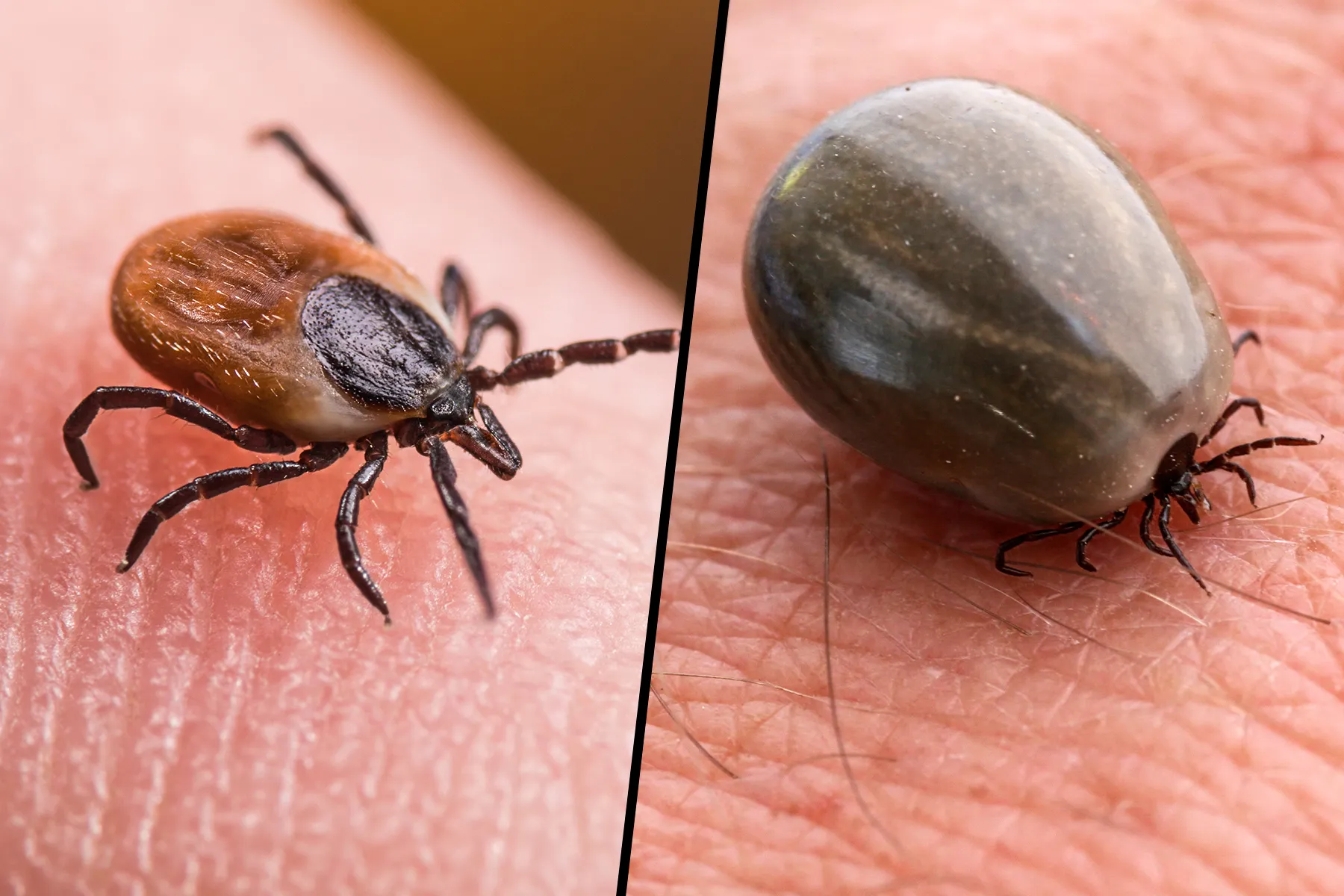
New England Faces a Severe Tick Season: What You Need to Know
Experts are warning of one of the worst tick seasons in years for New England, with rising tick sightings and reported bites. Here’s what you need to know to protect yourself and your family from tickborne illnesses, like Lyme disease.
A Surge in Tick Activity
New England is experiencing a significant increase in tick activity, with reports of both bites and sightings on the rise. This year is shaping up to be particularly severe, with concerns about the spread of tickborne diseases. The CDC estimates approximately 476,000 people are treated for Lyme disease each year, and New England states consistently rank among the highest for reported cases.
Why Are Tickborne Illnesses Increasing?
Several factors contribute to the increasing prevalence of tickborne diseases:
- Climate Change: Warming temperatures are expanding tick habitats into previously unsuitable regions.
- Deer Populations: Thriving deer populations provide ample hosts for ticks, facilitating their spread.
- Human Activity: Increased recreational activity in natural areas increases the likelihood of human-tick encounters.
Protecting Yourself from Ticks
-
Know Your Risk: Be aware of the types of ticks and diseases prevalent in your area. Check the CDC’s tickborne disease surveillance map for hotspots.
-
Use Repellent Correctly:
- DEET (20-30%): Effective for up to 12 hours.
- Picaridin (20%): Effective for up to 6 hours.
- Oil of Lemon Eucalyptus (OLE) (30%): Effective for up to 6 hours (not for children under 3).
- Permethrin: Treat clothing and gear – do not apply directly to skin.
- Post-Outdoor Activity Checklist:
- Dry Clothes: Tumble dry clothes on high heat for 10 minutes to kill ticks.
- Tick Check: Thoroughly inspect yourself, children, and pets for ticks, paying attention to areas like underarms, ears, behind knees, and hairline.
- Shower: Showering can help wash off unattached ticks.
- Safe Tick Removal:
- Use fine-tipped tweezers to grasp the tick as close to the skin as possible.
- Pull straight up, avoiding twisting.
- Clean the bite area with alcohol.
- Don’t panic if parts of the tick remain – your skin will likely heal around them.
- Tick Testing:
- Save the tick in a zip-top bag and send it to a lab for identification and disease testing (e.g., Upstate Tick Testing Laboratory, Ticknology). Knowing the species can help guide treatment if symptoms develop.
Recognizing Symptoms & Seeking Treatment
Early detection and treatment are crucial for managing tickborne illnesses. Common symptoms of Lyme disease include:
- Rash (often bull’s-eye shaped, but not always)
- Flu-like symptoms (fever, headache, fatigue, muscle aches, swollen lymph nodes)
Other tickborne illnesses can cause similar symptoms. If you experience any of these symptoms after a tick bite, consult a doctor immediately. Most tickborne illnesses respond well to antibiotics, particularly when treated early.
Key Takeaways
- New England is facing a particularly severe tick season.
- Prevention is key: use repellent, perform tick checks, and remove ticks promptly.
- Early detection and treatment of tickborne illnesses are essential.
- Utilize resources like the CDC and local labs for information and testing.
